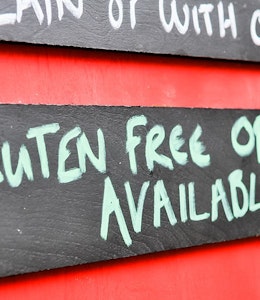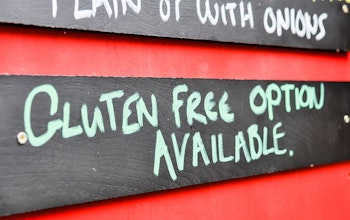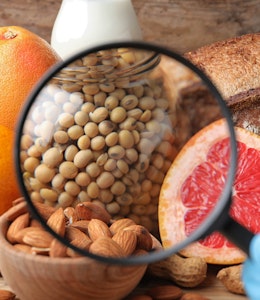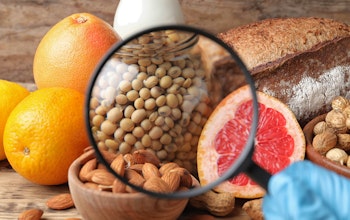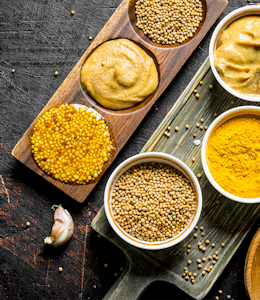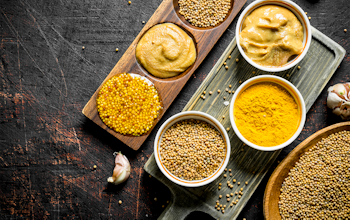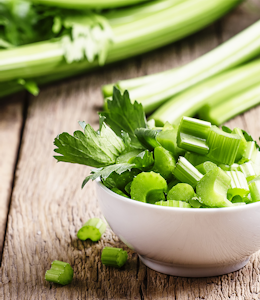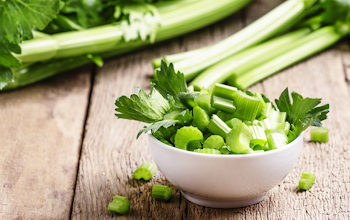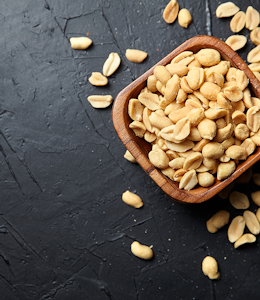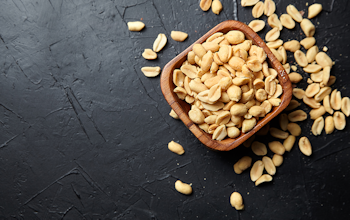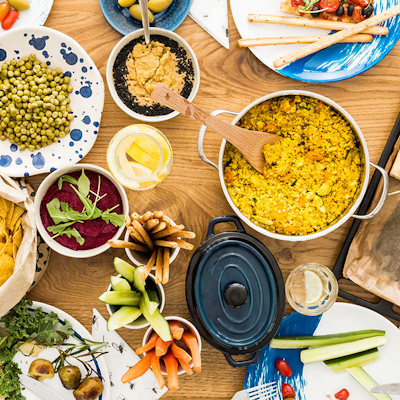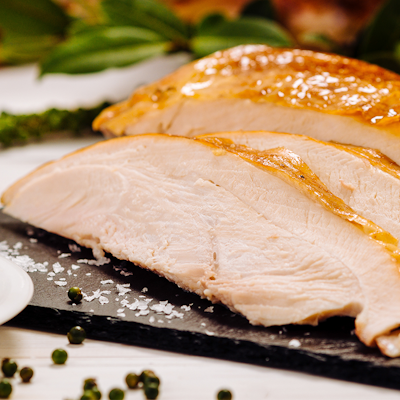Allergen Deep Dive: Cereals containing Gluten
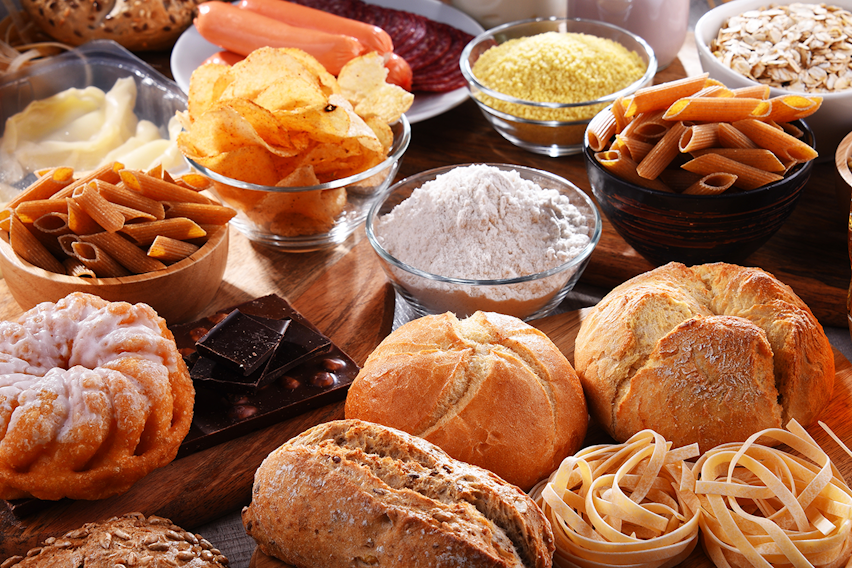
An allergy to wheat (or other cereals such as barley and oats) is also known as a Cereals containing Gluten allergy.
And whilst it’s one of the more commonly talked about allergies, there’s often a lot of confusion around the difference between Coeliac Disease and a gluten allergy and even a gluten intolerance. And with Cereals containing Gluten both being one of the 14 major food allergens and the main ingredient in culinary staples such as bread and pasta, it’s important for businesses and consumers alike to know the difference.
So read on to find out everything you need to know about an allergy to Cereals containing Gluten…
What are Cereals containing Gluten?
Cereals containing Gluten are cereals that contain the protein gluten. Examples include wheat, rye, oat and barley. A cereal is the edible part of the grain from cultivated grass.
Cereals are often ground into flour used for cooking and baking, and are also commonly associated with breakfast foods.
What is gluten?
Gluten is a structural protein that can trigger both an allergic reaction and Coeliac disease. It is found naturally in cereal grains such as wheat and barley.
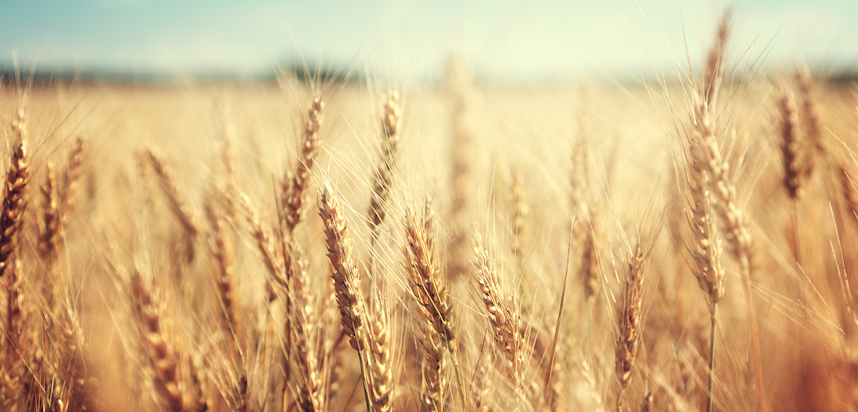
Can you be allergic to Gluten?
Yes, you can be allergic to Cereals containing Gluten. This is also often referred to as a “Wheat allergy” as wheat is a cereal that contains gluten. A wheat allergy is sometimes confused with Coeliac Disease, an autoimmune disease.
What is a Gluten allergy?
An allergy occurs when a person’s body misidentifies a harmless substance as being dangerous, and triggers a reaction from the immune system. These reactions can vary, and include anything from uncomfortable itching to life-threatening anaphylaxis. People with an allergy to Cereals containing Gluten produce antibodies when exposed to the protein gluten, which is found in cereals such as wheat, rye, barley and oats.
What is a Gluten intolerance?
An intolerance to a food or drink is different to an allergy because it does not affect the immune system. It prompts a negative reaction from other areas of the body - very often the digestive system.
A gluten intolerance is particularly associated with painful digestive problems. Because of the severity of the symptoms, many people mistake a gluten intolerance for a gluten allergy.
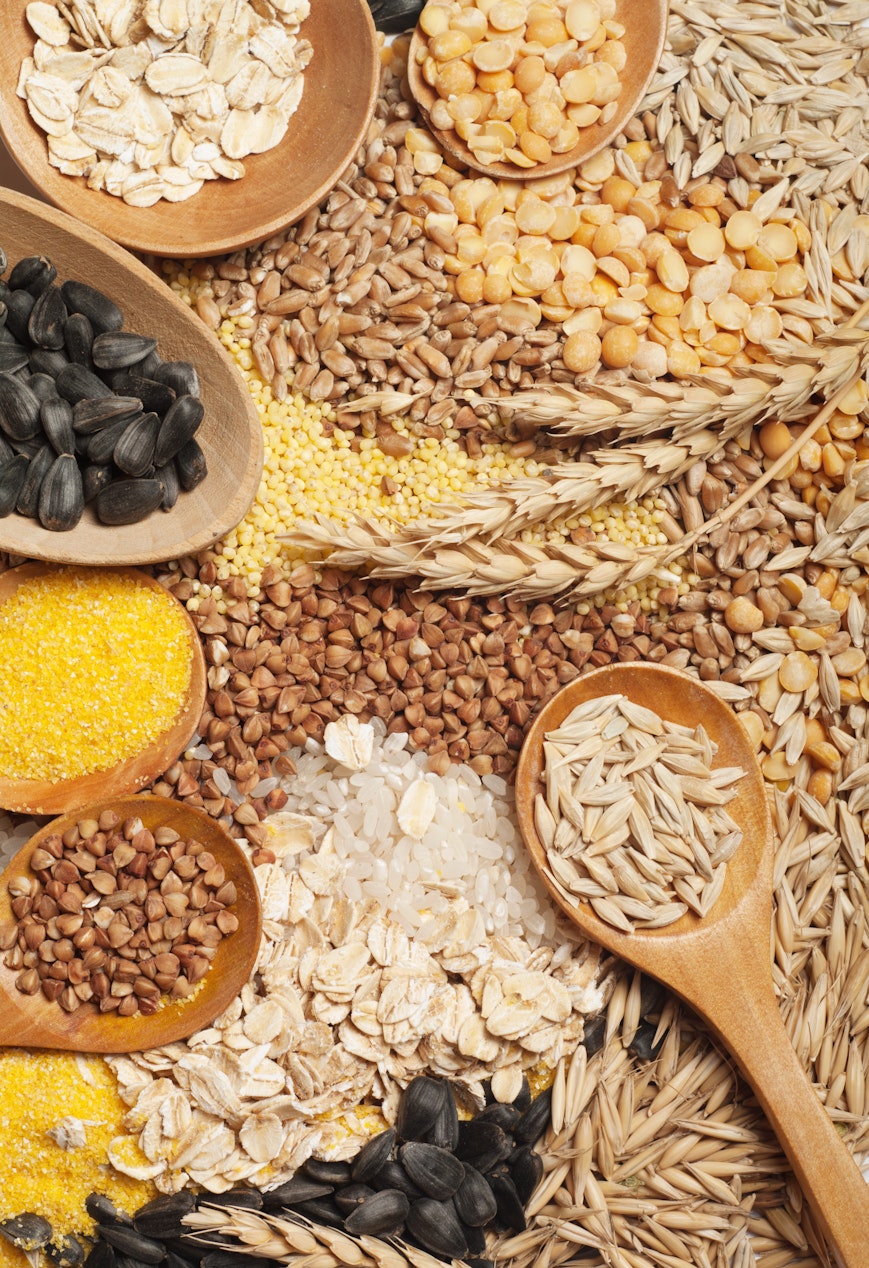
It’s important to understand that allergies and intolerances can share symptoms but only an allergy can trigger anaphylaxis, so getting the correct diagnosis and medication is critical.
What is Coeliac Disease?
Coeliac Disease is an autoimmune condition triggered by the consumption of the protein gluten and causes damage to the small intestine. When those with Coeliac Disease consume food or drink containing gluten, their immune system begins to attack its own tissues in the body. Symptoms of Coeliac Disease include indigestion, bloating, and pain in the abdomen.
What’s the difference between a Gluten allergy and Coeliac disease?
Coeliac Disease and an allergy to Cereals containing Gluten both affect the body’s immune system, and may share some of the same symptoms - but they are different.
An allergic reaction triggered by gluten will occur almost instantly after it is consumed and unless anaphylaxis occurs it does not usually cause lasting damage to the body. Coeliac Disease causes permanent damage to the small intestine when gluten is consumed and the body’s immune system turns on itself.
What’s the difference between Coeliac Disease and a Gluten intolerance?
Although they share many symptoms, and both affect the gut, an intolerance to Cereals containing Gluten and Coeliac Disease are different because the latter affects the body’s immune system and the former does not. Intolerances affect other parts of the body, such as the digestive system. People with a gluten intolerance generally suffer from bloating and stomach pain after consuming gluten.
What food and drinks do you find Cereals containing Gluten in?
Gluten is in many, many foods and drinks, both as a major component and a minor ingredient. It is used in cooking, baking and even to thicken sauces and other foods. Cereals are often ground into flour - particularly wheat.
You can commonly find cereals or flour in the following:
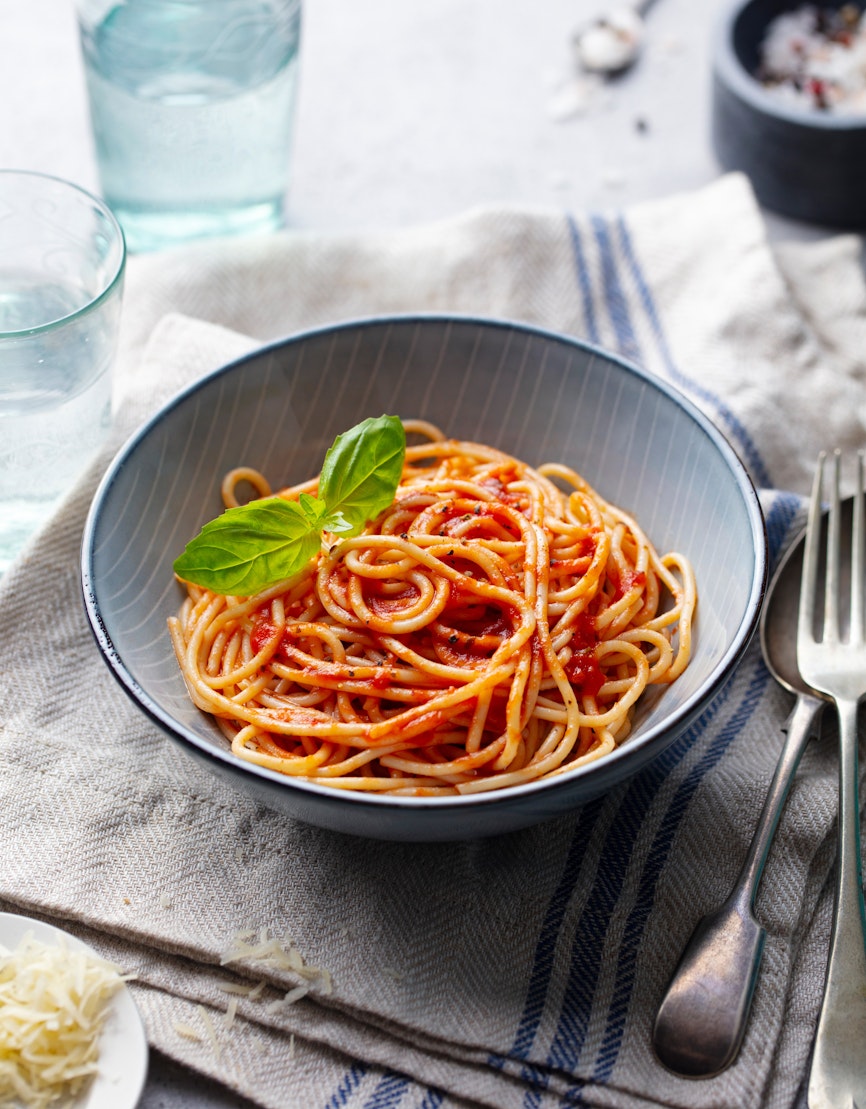
- Baking powder
- Baking mixes
- Battered foods
- Beer and ale
- Bread
- Breakfast cereals
- Breaded foods
- Cakes
- Chilli
- Condiments
- Couscous
- Crackers
- Donuts
- Food colouring
- Pancakes
- Pasta
- Pastry
- Protein bars
- Sauces
- Stews
- Tarts
- Yorkshire pudding
What are surprising foods that contain Cereals containing Gluten?
Since Cereals containing Gluten might be found in just about anything, many surprising foods may contain them.
These include:
- Blue cheese
- Bouillon cubes
- Chewing gum
- Chips
- Crisps
- Ground spices
- Mayonnaise
- Mustard
- Scrambled eggs (thickened with pancake batter)
- Ready-made pasta sauce
- Roasted nuts
- Salad Dressing
- Stock
- Vinegar
- Vodka
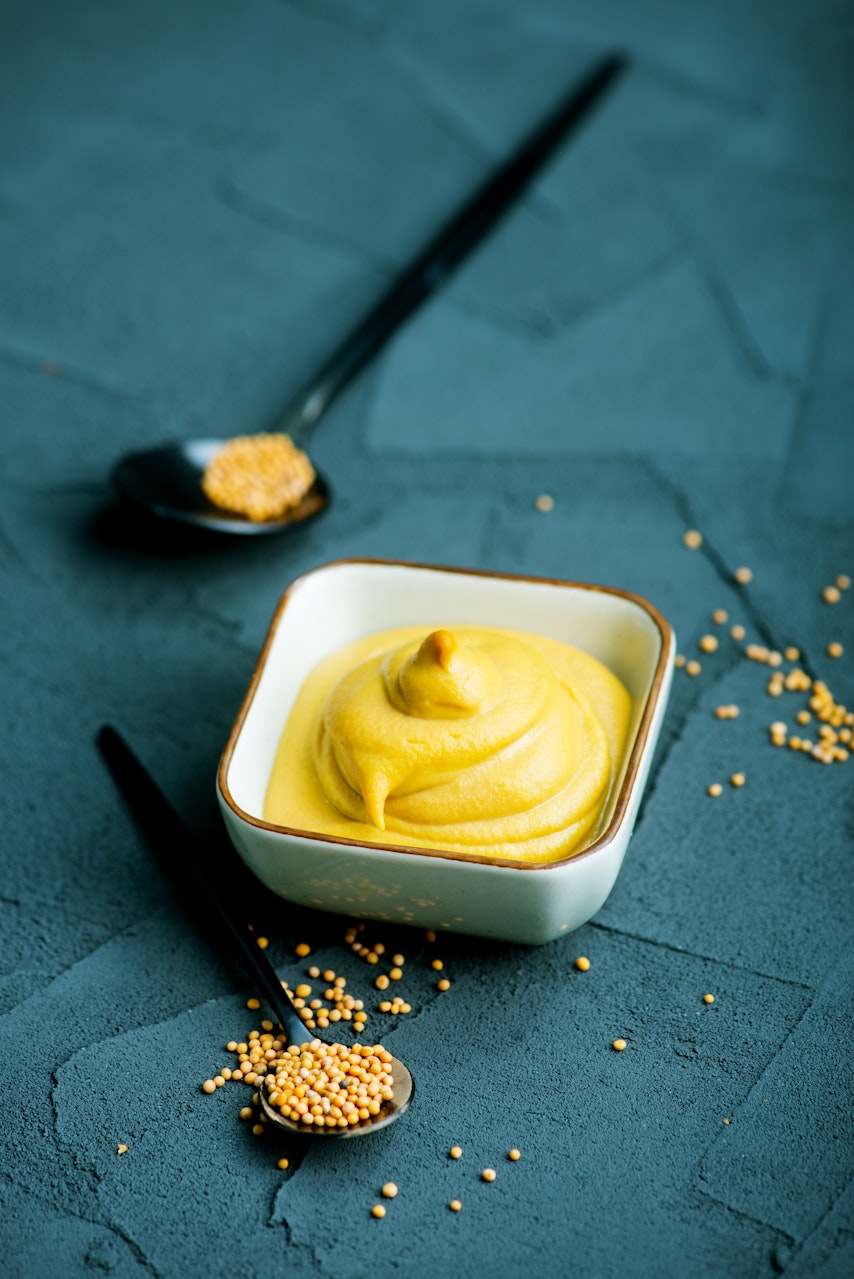
What’s another name for Cereals containing Gluten?
On ingredient labels Cereals containing Gluten might be referred to by their specific grain or a more generic name.
You might see Cereals containing Gluten listed as any of the following:
- Barley
- Couscous
- Durum wheat
- Einkorn
- Faro
- Kamut
- Malt
- Oat
- Rye
- Semolina
- Spelt
- Wheat
What does an allergic reaction to Gluten look like?
Gluten allergy symptoms usually appear within an hour of eating or coming into contact with the allergen.
These symptoms include:
- Red, itchy rash (either raised or not raised)
- Dizziness
- Vomiting and nausea
- Mouth itching or tingling
- Hives
- Shortness of breath and/or wheezing
- Sneezing
- Diarrhoea
- Face, mouth and/or throat swelling
- Abdominal pain
- Difficulty swallowing
- Wheezing
An allergic reaction may also result in anaphylaxis.
Anaphylaxis can be fatal, and the symptoms include:
- Difficulty breathing
- Faintness and dizziness
- Swollen tongue and issues with speaking or swallowing
- Tight chest
- Collapsing and losing consciousness
If a person experiences anaphylaxis an ambulance must be called.
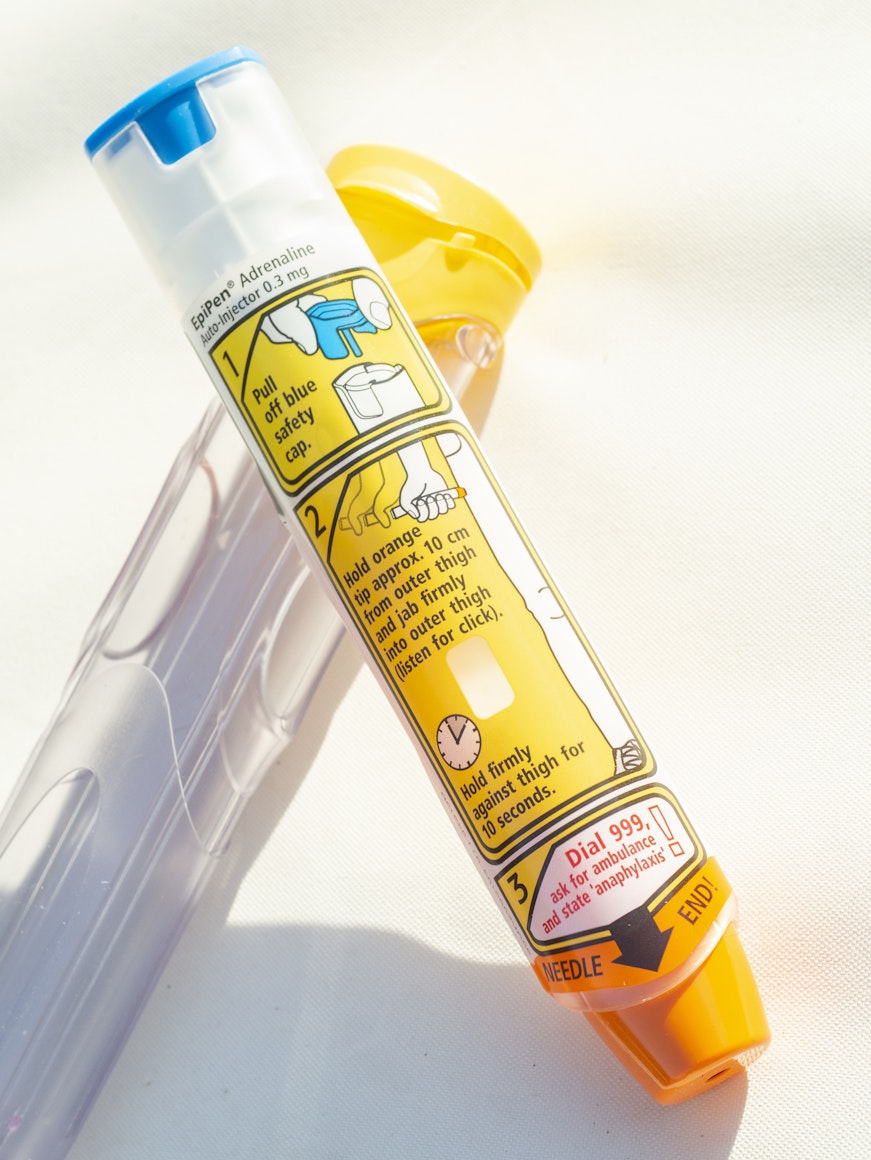
How do you treat a Gluten allergy?
A Gluten allergy is best treated by checking ingredients and avoiding foods and drinks that contain Cereals containing Gluten.
If a mild reaction is suffered, antihistamines may help.
If an anaphylactic reaction occurs an AAI should be administered and 999 called.
How can I avoid Cereals containing Gluten?
Avoiding Cereals containing Gluten used to be very difficult, as so many foods contain gluten. However, as one of the more common allergies and intolerances, there has been a great deal of development in Cereal containing Gluten alternatives and there are many gluten-free flours on the market and many gluten-free options on restaurant and cafe menus. Despite this, it’s still important to check ingredients labels and letting servers know about your allergy - even if ordering or selecting a gluten-free option.
Cross-contamination can also be a problem for those with an allergy to Cereals containing Gluten, so when dining out be aware of possible contamination on things like condiment bottles and menus.
What’s an alternative for Gluten?
It’s easier than ever to avoid gluten. There are many gluten-free flours on the market, made from things like coconuts, flax, corn, rice and millet. These flours can be used instead of wheat flour.
In baking xanthan gum and guar gum can be used as a gluten substitute.
Quinoa can be used as an alternative to pearl barley in stews and salads. You can also use chia seeds or brown rice in place of oats in recipes that call for them.
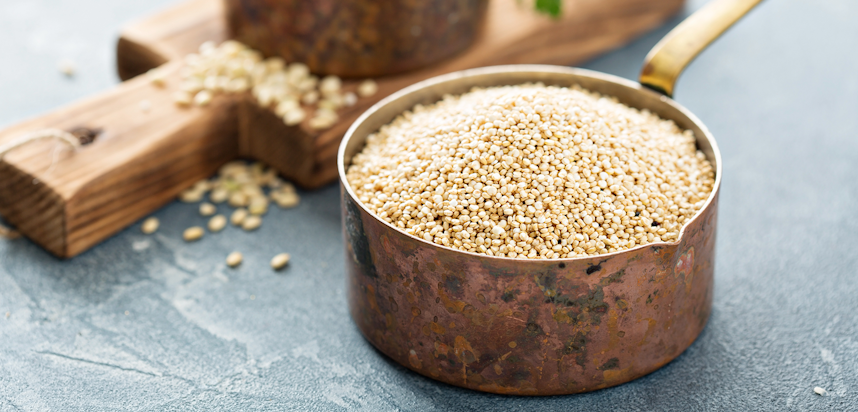
Is Cereals containing Gluten one of the 14 major food allergens?
Cereals containing Gluten is one of the 14 major food allergens.
This means that pre-packed food sold in the UK, and the rest of the European Union, must clearly indicate on the label if it contains any Cereals containing Gluten.
The other major food allergens are:
